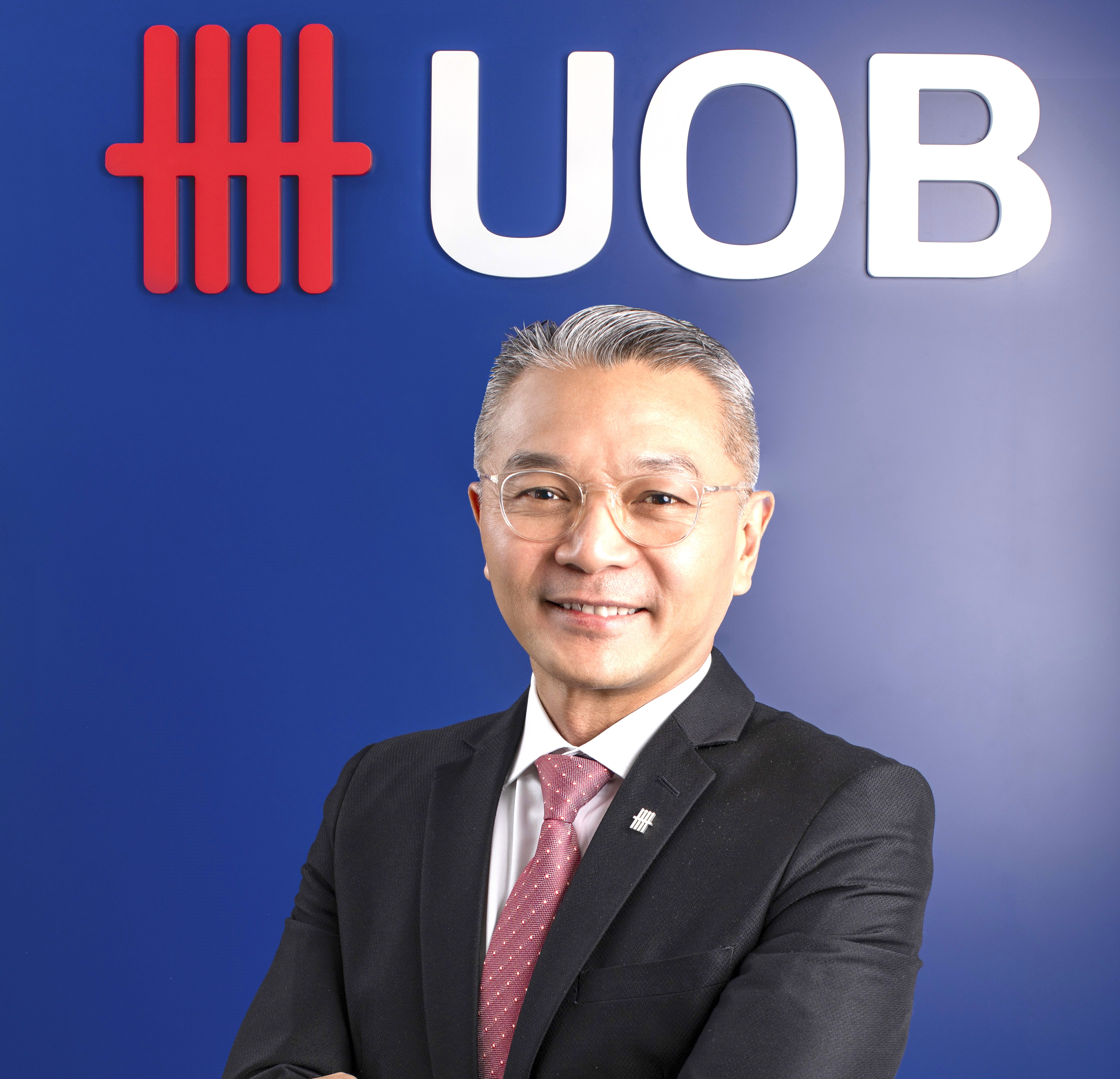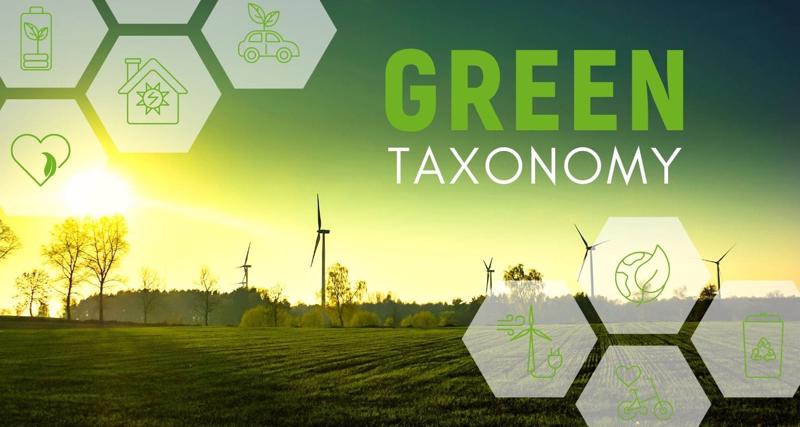In the context of a global shift towards sustainable development and green growth, Vietnam is also embracing this trend. Specifically, Vietnam’s commitment to achieving net-zero emissions by 2050 has created a strong foundation for the transition to a green economy. This commitment not only demonstrates Vietnam’s determination to address climate change but also drives economic and social sectors to unite towards sustainable development.
“Green” commitment in every action
As a financial intermediary, the Vietnamese banking sector is actively participating in the transition towards green growth. According to Mr. Lim Dyi Chang, Head of Commercial Banking at UOB Vietnam, the issuance of Circular No. 17/2022/TT-NHNN by the Government, which focuses on managing environmental risks in credit activities, underscores Vietnam’s commitment to guiding financial institutions towards sustainable projects. The Government aims to ensure that capital is invested in environmentally friendly projects, with banks playing a crucial role in this process.
Figures from the State Bank of Vietnam (SBV) show that by the end of 2023, the green credit balance in Vietnam reached VND620.98 trillion ($25.34 billion), an increase of 24 per cent compared to the end of 2022. This figure represents approximately 4.5 per cent of the total credit balance in the economy, with renewable energy and clean energy projects accounting for nearly 45 per cent, and green agriculture making up about 30 per cent. These numbers not only reflect the strong growth of green credit but also indicate the future development trends of key economic sectors.
In 2023, UOB has made a commitment to achieve net-zero emissions by 2050. UOB is a leading bank in the region in supporting businesses to transition towards low carbon emissions. The Bank's commitment to reducing emissions focuses on 6 key areas, accounting for about 60 per cent of the Bank's corporate loan portfolio including electricity, automobiles, oil and gas, real estate, construction and steel. To date, the size of the Bank's sustainable loans across the region has reached S$50 million ($38.69 million), an increase of 81 per cent compared to the prior year.
Regarding green finance activities, Mr. Lim emphasized that UOB has been integrating sustainability into its business strategy for many years. Over the past 6 to 7 years, the bank has supported businesses in reducing carbon emissions. Among the 6 carbon intensive sectors identified, the bank has made significant progress to achieve between 7 to 14 per cent ahead of target carbon reduction pathways. This helps businesses access financial resources to transition to sustainable operational models, thus contributing to the country’s overall goals.
Notably, incorporating sustainability criteria into every aspect of business not only allows UOB to contribute positively to green development but also provides long-term economic benefits for the bank. “Sustainability is not just an isolated initiative but has become an integral part of UOB’s daily operations. Every aspect, from office activities to the loan portfolio, incorporates sustainability,” Mr. Lim emphasized.
Green taxonomy to be promoted
Currently, one of the essential elements driving the green economy across the globe is the development and implementation of a green taxonomy. This taxonomy is a regulatory framework that helps clearly distinguish between sustainable and environmentally friendly business activities and those that fall short of environmental protection standards.

"In the next one to two years, we can expect Vietnam’s green taxonomy to be completed. Once the green taxonomy is finalized, it will lay the necessary foundation for Vietnam to transition more quickly and effectively to a sustainable development model".
Mr. Lim points to examples from countries such as Singapore, which has implemented a carbon tax of S$25 ($19.35) per ton, and the European Union (EU), where carbon taxes can rise to €80 ($27.77) per ton. These nations have not only developed comprehensive green taxonomy systems but also enforce rigorous financial measures to shape corporate and individual behavior. These measures are instrumental in encouraging the adoption of green practices and in steering investments toward environmentally sustainable projects.
However, he notes that Vietnam’s green taxonomy is still in the development phase. This is not an isolated case because many developed countries are also in the process of refining their green taxonomy. “For Vietnam to make significant progress, I believe that advancing the green taxonomy framework is critical,” he asserted. A well-defined green taxonomy is vital for setting clear standards and guidelines that drive the green economy forward.
In order to adopt financial measures similar to those implemented by other countries, Vietnam will need to establish a detailed and specific green taxonomy. This system should include comprehensive guidelines for various sectors, methods for reducing carbon emissions, and appropriate financial incentives. Such a framework will not only facilitate the transition to a green economy but also stimulate investment in sustainable projects by providing clear criteria and support.
Mr. Lim anticipates that within the next one to two years, Vietnam’s green taxonomy will be completed. “Once the green taxonomy is in place, it will create the necessary foundation for Vietnam to transition more rapidly and effectively to a sustainable development model,” he said. “This completion will be a pivotal step in aligning Vietnam with global sustainability standards and ensuring that its economic growth is both green and sustainable”.









 Google translate
Google translate